Best Companion Plants For Corn
Title: Best Companion Plants for Corn
Introduction:
Corn is a popular garden vegetable that is relatively easy to grow. However, there are a few things you can do to improve your corn harvest by planting companion plants. Companion plants are those that are grown together in a mutually beneficial relationship. They can help to improve the growth, health, and productivity of each other.
In this blog post, we will discuss some of the best companion plants for corn. We will also provide information on how to plant and care for these plants together.
Main Content:
Here are some of the best companion plants for corn:
- Pole beans: Pole beans are a great companion plant for corn because they help to stabilize the corn stalks. They also provide nitrogen to the soil, which is beneficial to corn plants.

- Winter squash: Winter squash, such as pumpkins and butternut squash, can help to suppress weeds and provide shade for corn plants. They also attract beneficial insects, such as ladybugs and parasitic wasps, which help to control pests.
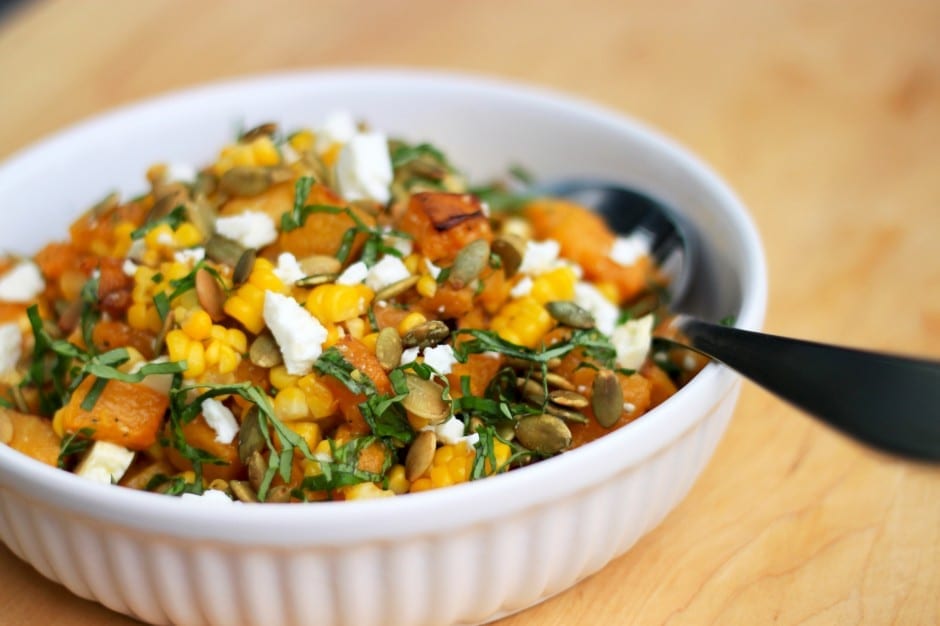
- Marigolds: Marigolds are a popular companion plant for many vegetables, including corn. They help to repel pests, such as aphids and corn earworms. They also attract beneficial insects, such as bees and butterflies.
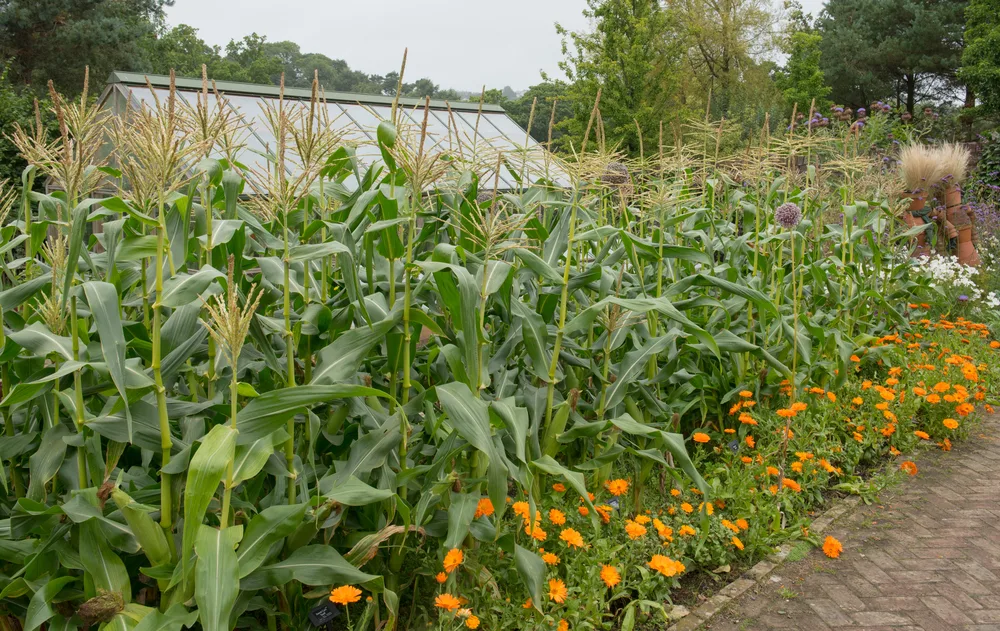
- Dill: Dill is another herb that is a good companion plant for corn. It helps to attract beneficial insects, such as hoverflies and parasitic wasps. It also helps to repel pests, such as cabbage loopers and squash bugs.
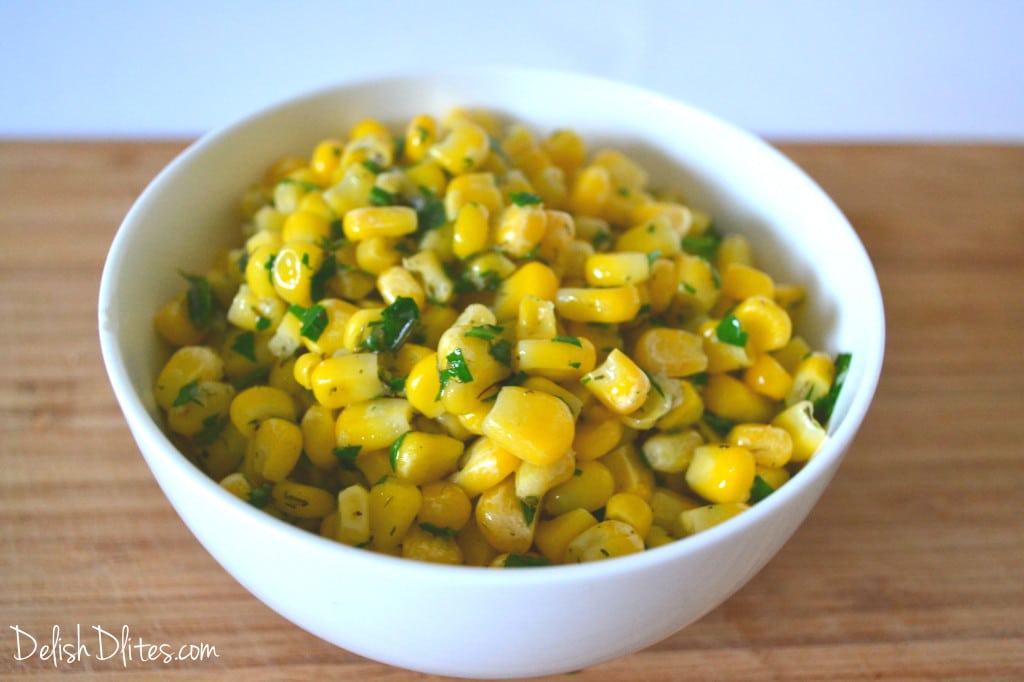
- Nasturtiums: Nasturtiums are a colorful and edible flower that can be planted as a companion plant for corn. They help to attract beneficial insects, such as ladybugs and lacewings, which help to control pests. They also deter some pests, such as aphids and whiteflies.
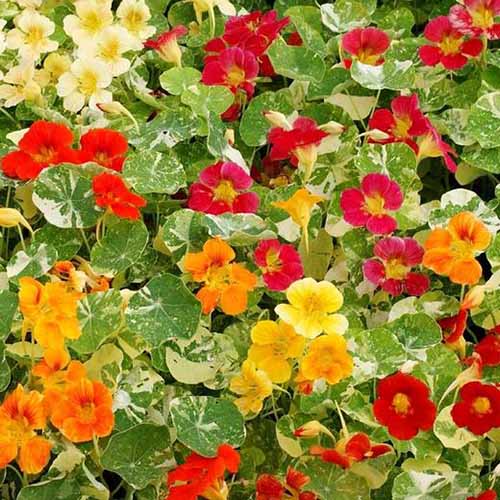
How to Plant and Care for Companion Plants
When planting companion plants with corn, it is important to consider the size and growth habits of the plants. For example, pole beans will need to be trellised, so you will need to plant them in a location where they will have enough space to grow. Winter squash can also be large plants, so you will need to space them accordingly.
It is also important to plant companion plants at the same time as corn. This will help to ensure that they get off to a good start and that they are able to benefit from each other's presence.
Once your companion plants are established, you will need to care for them just as you would any other garden plant. This includes watering, weeding, and fertilizing as needed.
Conclusion
By planting companion plants with corn, you can improve your corn harvest and create a more sustainable garden. Companion plants can help to attract beneficial insects, suppress weeds, and provide nutrients to the soil. They can also help to protect corn plants from pests and diseases.
If you are looking for ways to improve your corn harvest, consider planting some of the companion plants listed in this blog post. You may be surprised at how much of a difference they make.
There are many great companion plants that can be grown with corn. Some of the most popular include:
- Pole beans: These nitrogen-fixing plants help to enrich the soil for corn, and they can also provide shade and support for the corn stalks.
- Peas: Like pole beans, peas are nitrogen-fixing plants that can benefit corn. They also attract beneficial insects that help to control pests.
- Marigolds: These flowers help to repel pests such as aphids and corn earworms. They also attract pollinators, which help to pollinate the corn cobs.
- Dill: This herb attracts beneficial insects such as ladybugs and parasitic wasps. It can also improve the flavor of corn.
- Sunflowers: These tall flowers help to attract pollinators and deter pests. They can also help to shade the corn stalks and prevent weeds from growing.
For more information about companion planting with corn, please visit Home Gardening.
FAQ of companion plant to corn
- What are companion plants?
Companion plants are those that are planted together in the same garden space because they benefit each other in some way. Some companion plants attract beneficial insects, while others help to repel pests. Some improve the soil quality, while others provide shade or windbreaks. By planting the right companion plants together, you can create a more balanced and productive garden.
- What are some good companion plants for corn?
Some of the best companion plants for corn include:
* Beans: Beans are nitrogen-fixing plants, which means they can help to improve the soil quality for corn. They also provide shade for the corn roots, which can help to keep them cool.
* Sunflowers: Sunflowers are tall plants that can provide shade for corn plants, which can help to protect them from pests and diseases. They also attract beneficial insects, such as ladybugs, which can help to control pests.
* Dill: Dill is an herb that attracts beneficial insects, such as hoverflies and wasps, which can help to control pests. It also helps to repel aphids and cabbage loopers.
* Marigolds: Marigolds are flowers that repel a variety of pests, including corn earworms and aphids. They also attract beneficial insects, such as ladybugs and lacewings.
* Nasturtiums: Nasturtiums are flowers that attract aphids, which can help to keep them away from other plants in your garden. They are also edible and can be used in salads or sandwiches.
- What are some plants that should not be planted near corn?
Some plants that should not be planted near corn include:
* Tomatoes: Tomatoes and corn compete for the same nutrients, so planting them together can stunt their growth.
* Potatoes: Potatoes and corn can both attract the same pests, so planting them together can increase the risk of pest infestation.
* Cucumbers: Cucumbers and corn can both attract the cucumber beetle, which can be a major pest for both plants.
* Pumpkins: Pumpkins and corn can both be susceptible to the same diseases, so planting them together can increase the risk of disease transmission.
- How far apart should companion plants be planted?
The ideal spacing for companion plants will vary depending on the specific plants involved. However, as a general rule of thumb, you should plant companion plants at least 12 inches apart. This will give them enough space to grow and thrive without competing with each other for resources.
- Is there anything else I need to know about companion planting with corn?
Yes, there are a few other things you should keep in mind when companion planting with corn:
* Consider the sunlight and water needs of the plants involved. Make sure to plant companion plants that have similar sunlight and water requirements. This will help to ensure that all of the plants in your garden thrive.
* Do your research. Before you plant any companion plants, it's important to do your research and make sure that they are compatible with each other. There are a number of resources available online and in gardening books that can help you with this.
* Experiment. The best way to learn about companion planting is to experiment. Try planting different combinations of plants and see what works best for you. With a little trial and error, you'll be able to create a productive and pest-resistant garden.
Image of companion plant to corn
- Borage - attracts beneficial insects and deters pests
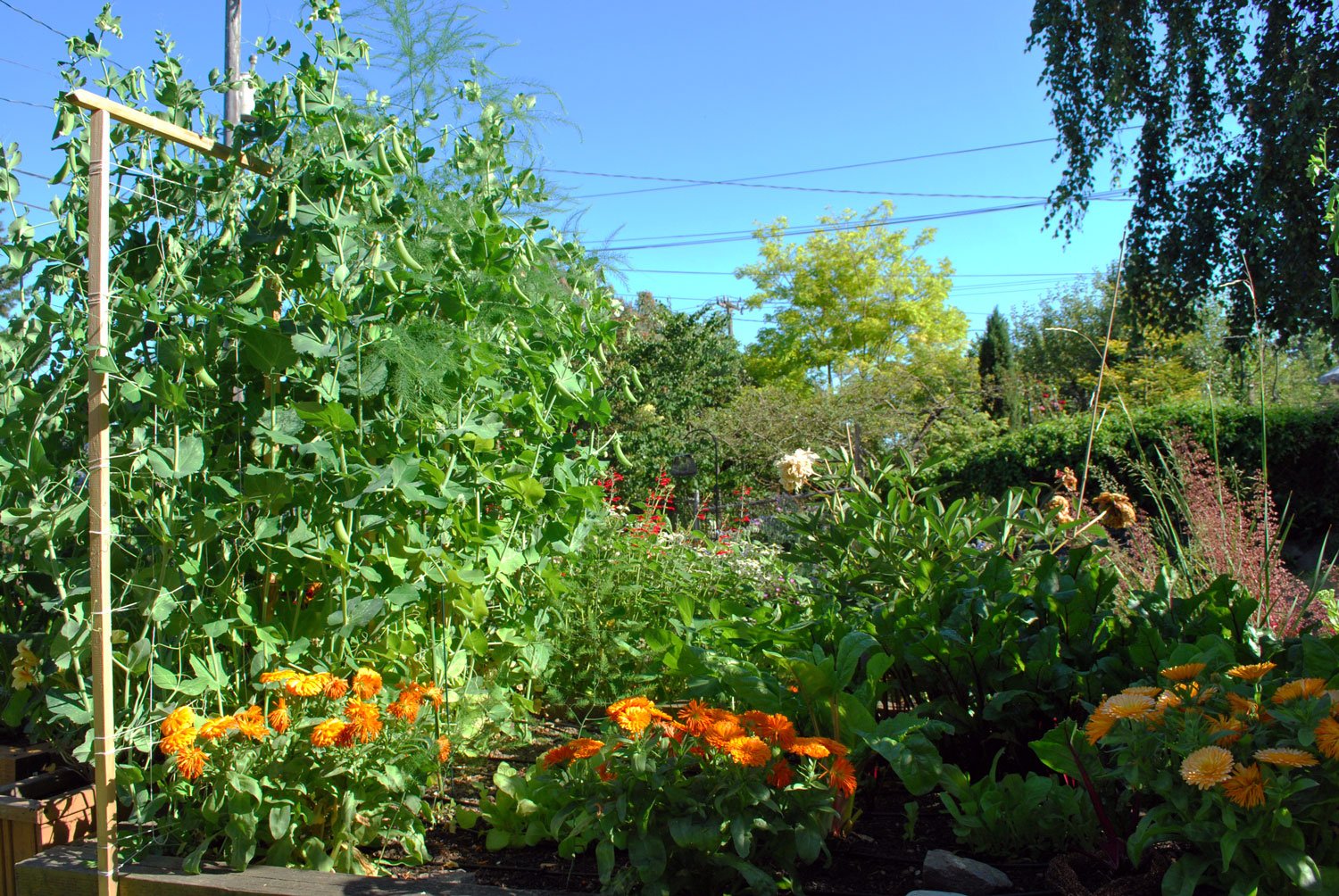
- Cucumbers - help to suppress weeds and attract pollinators
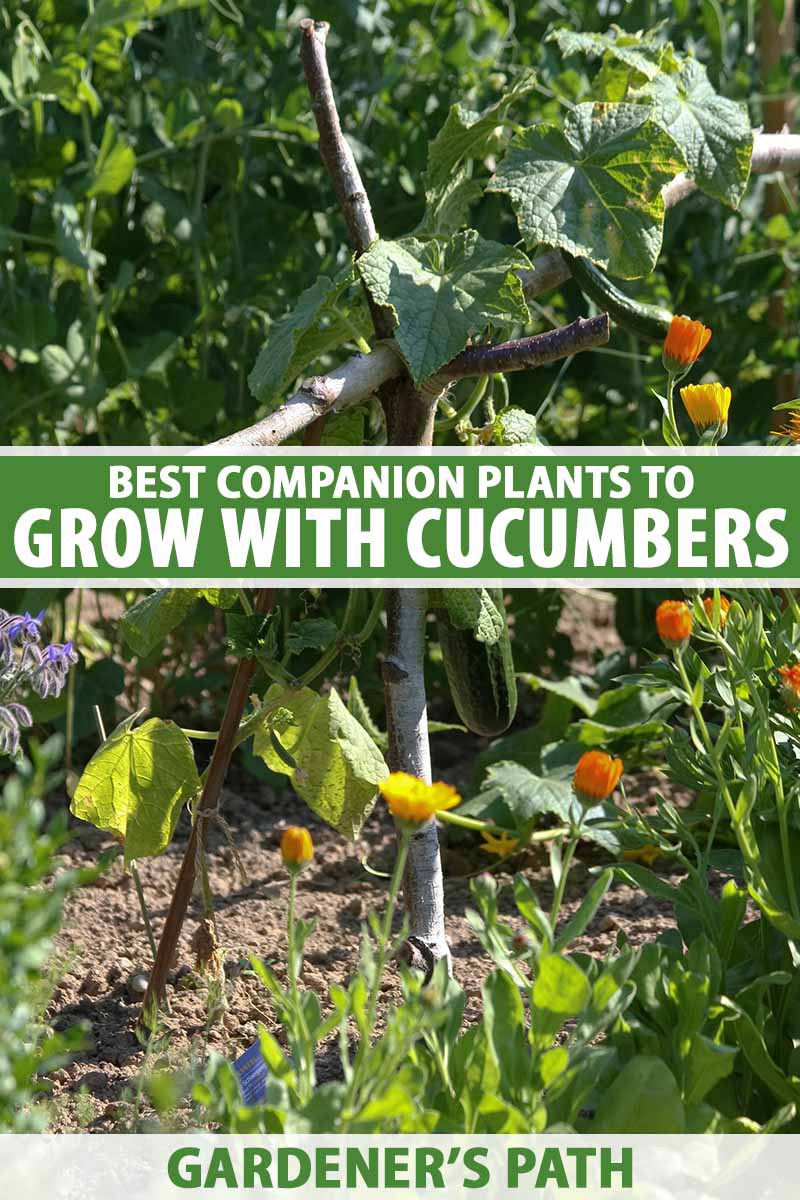
- Dill - attracts beneficial insects and improves the flavor of corn
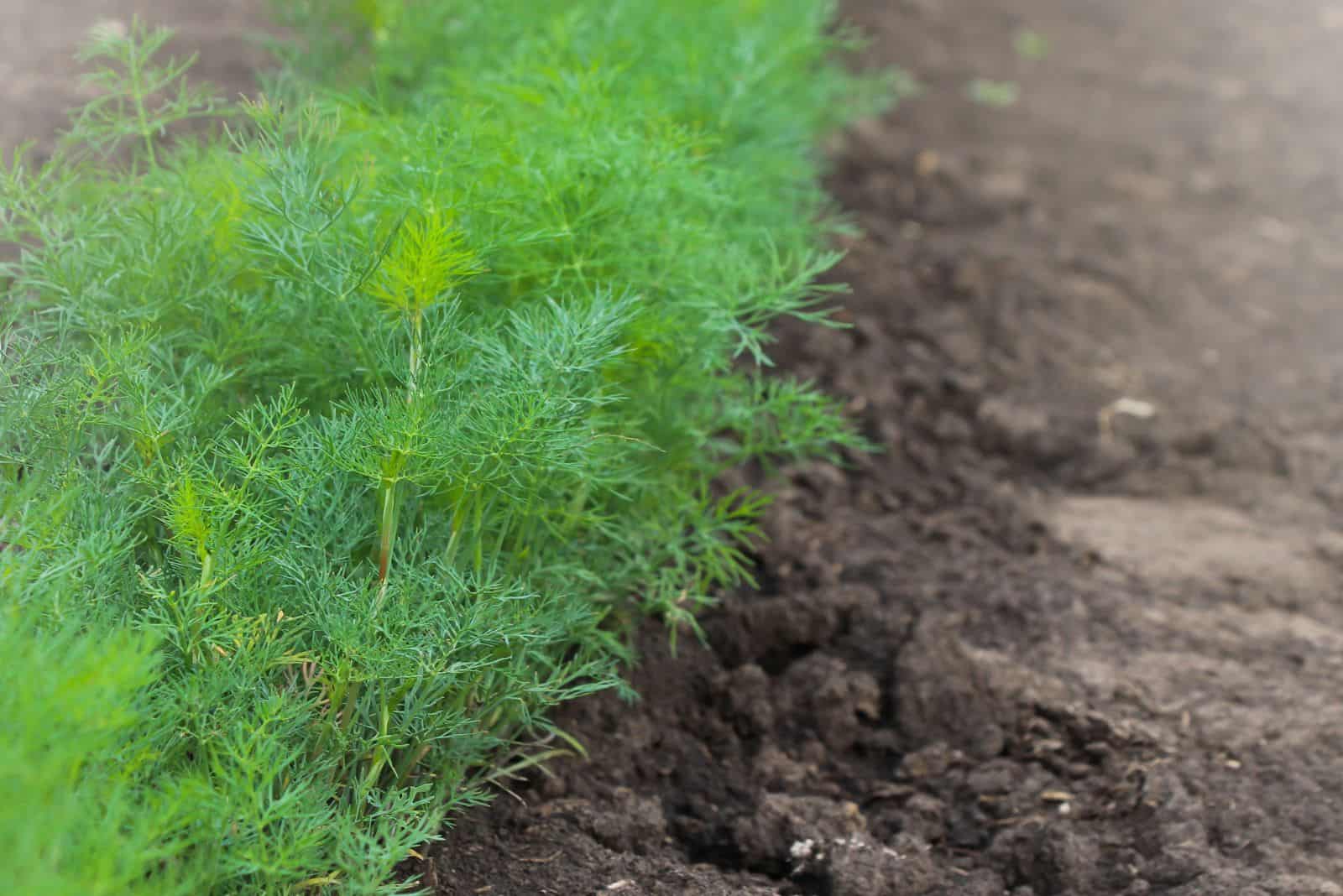
- Marigolds - repel pests and attract pollinators
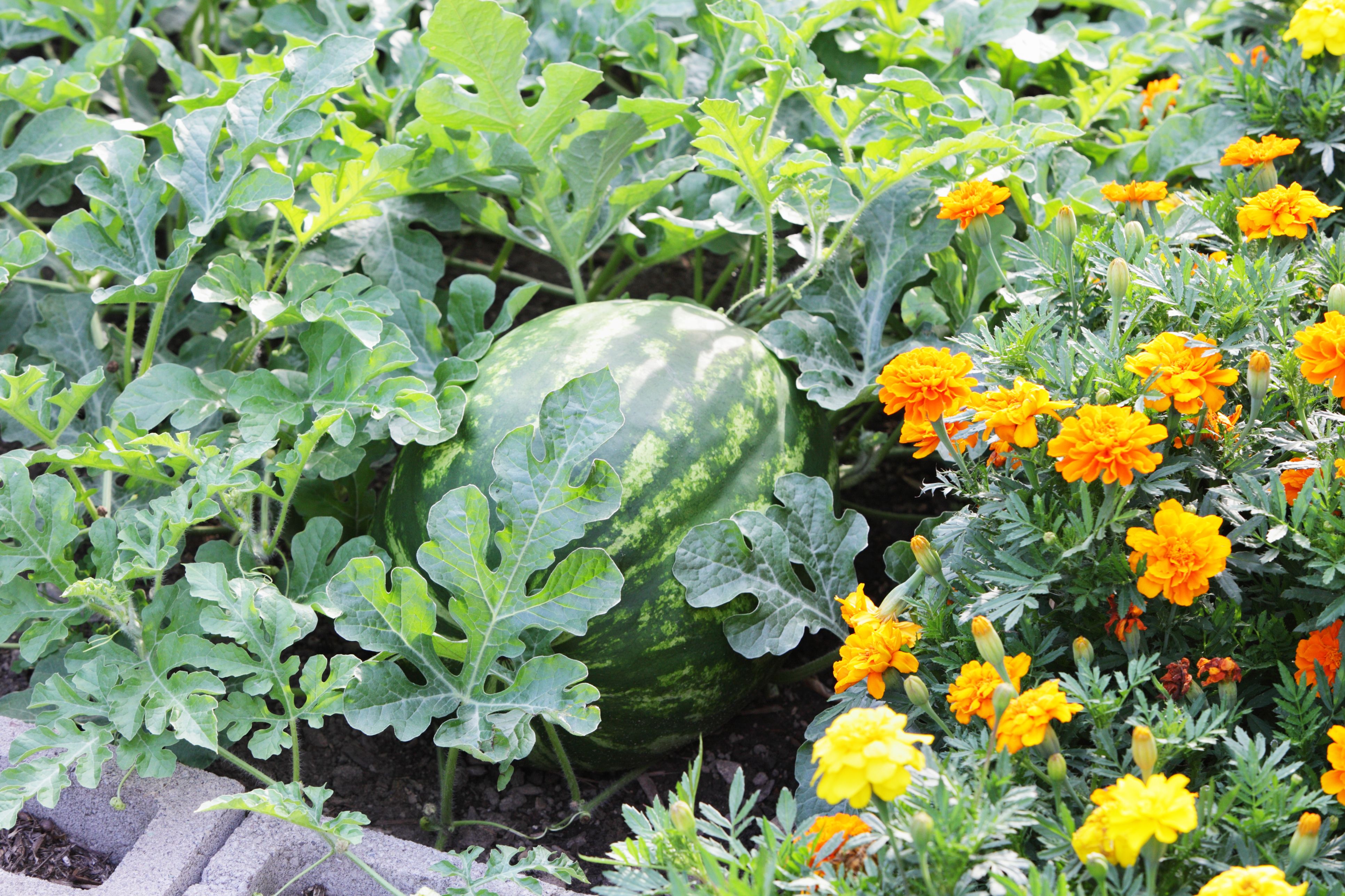
- Melons - help to suppress weeds and attract pollinators

- Mint - deters pests and helps to keep the soil cool
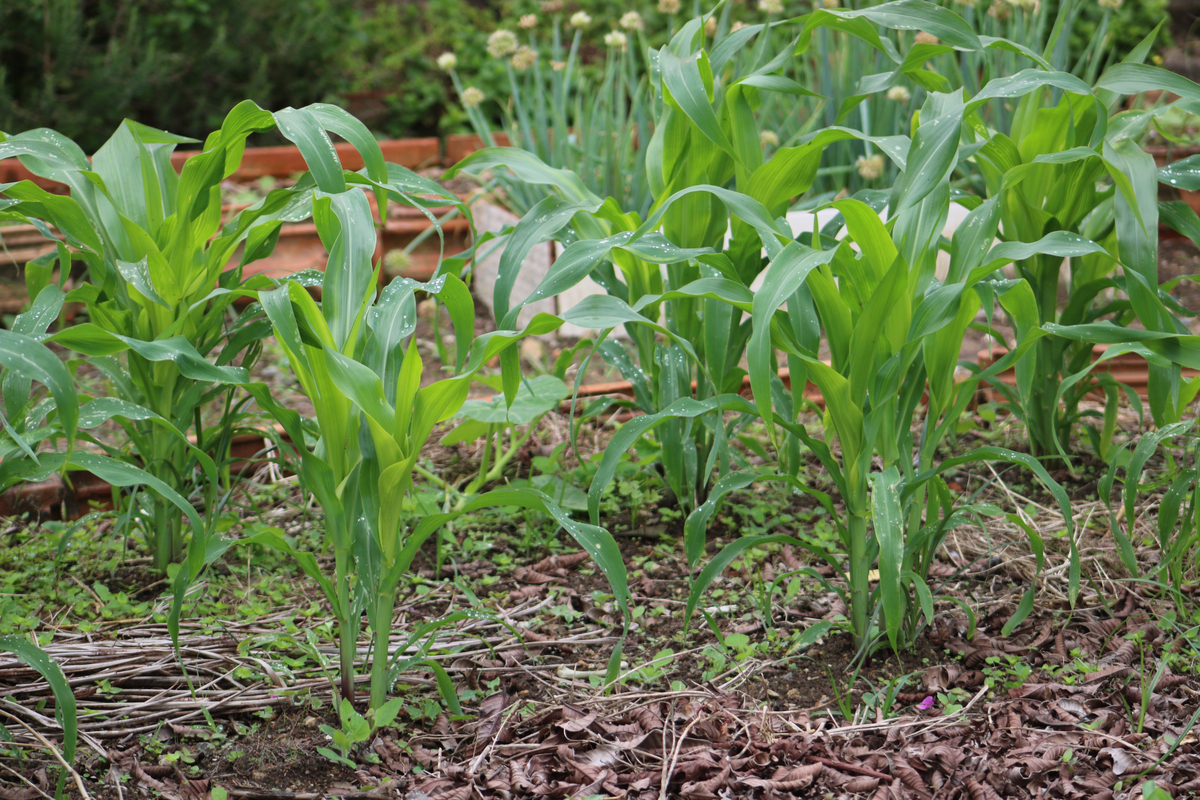
- Nasturtiums - attract beneficial insects and deter pests
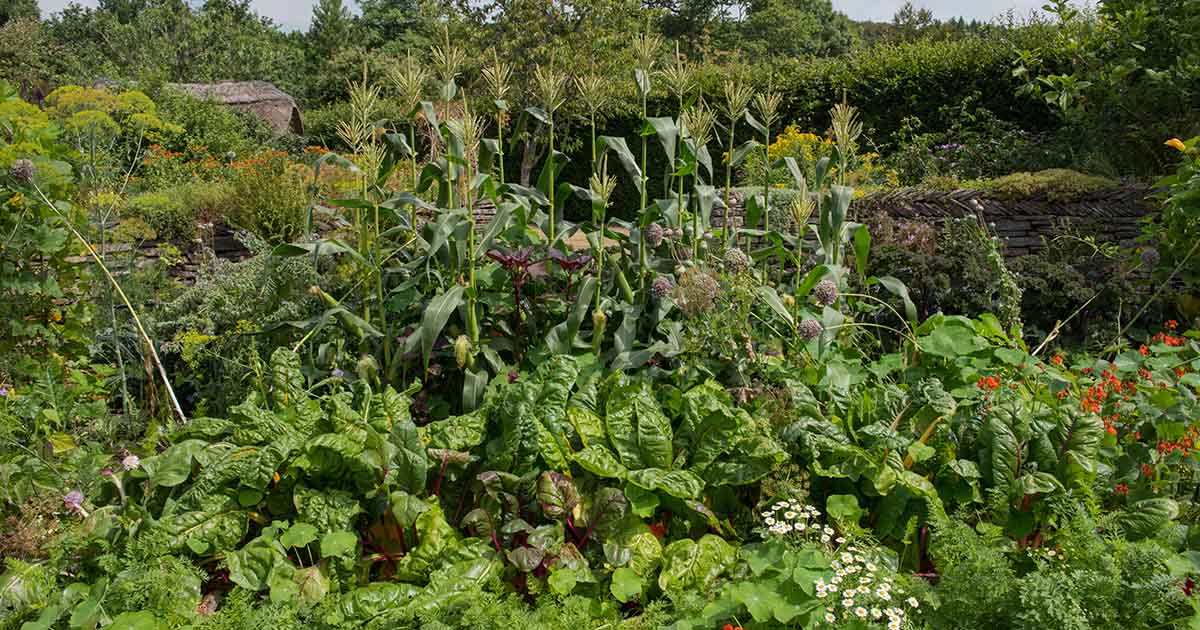
- Pole beans - provide shade for corn and help to improve pollination

- Sunflowers - attract beneficial insects and help to prevent corn earworms
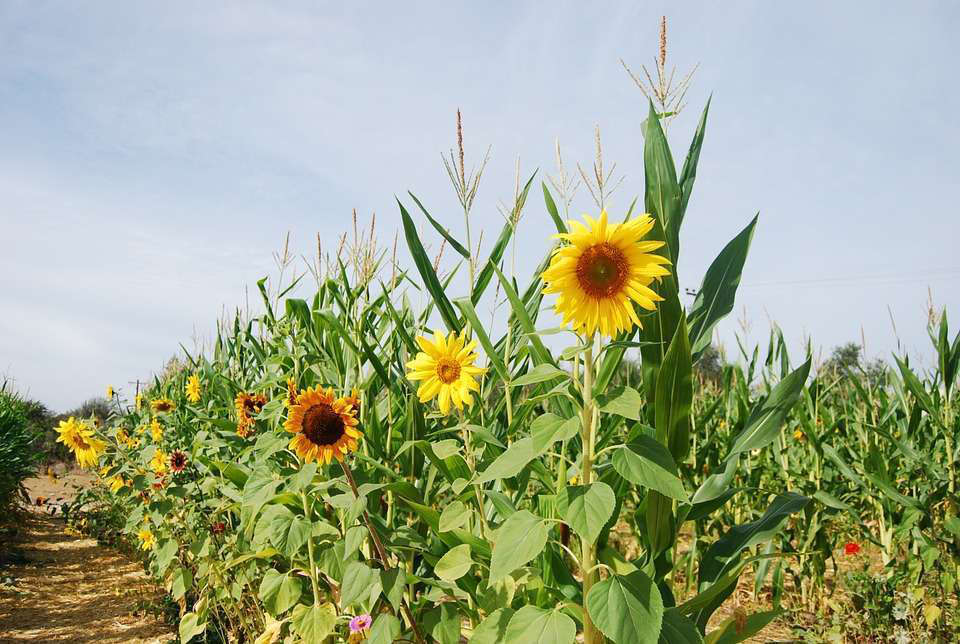
Post a Comment for " Best Companion Plants For Corn"